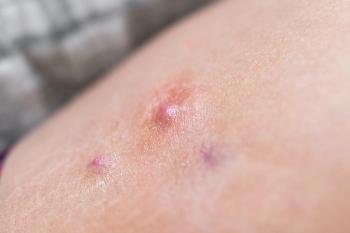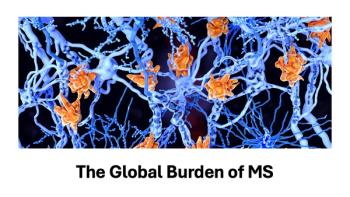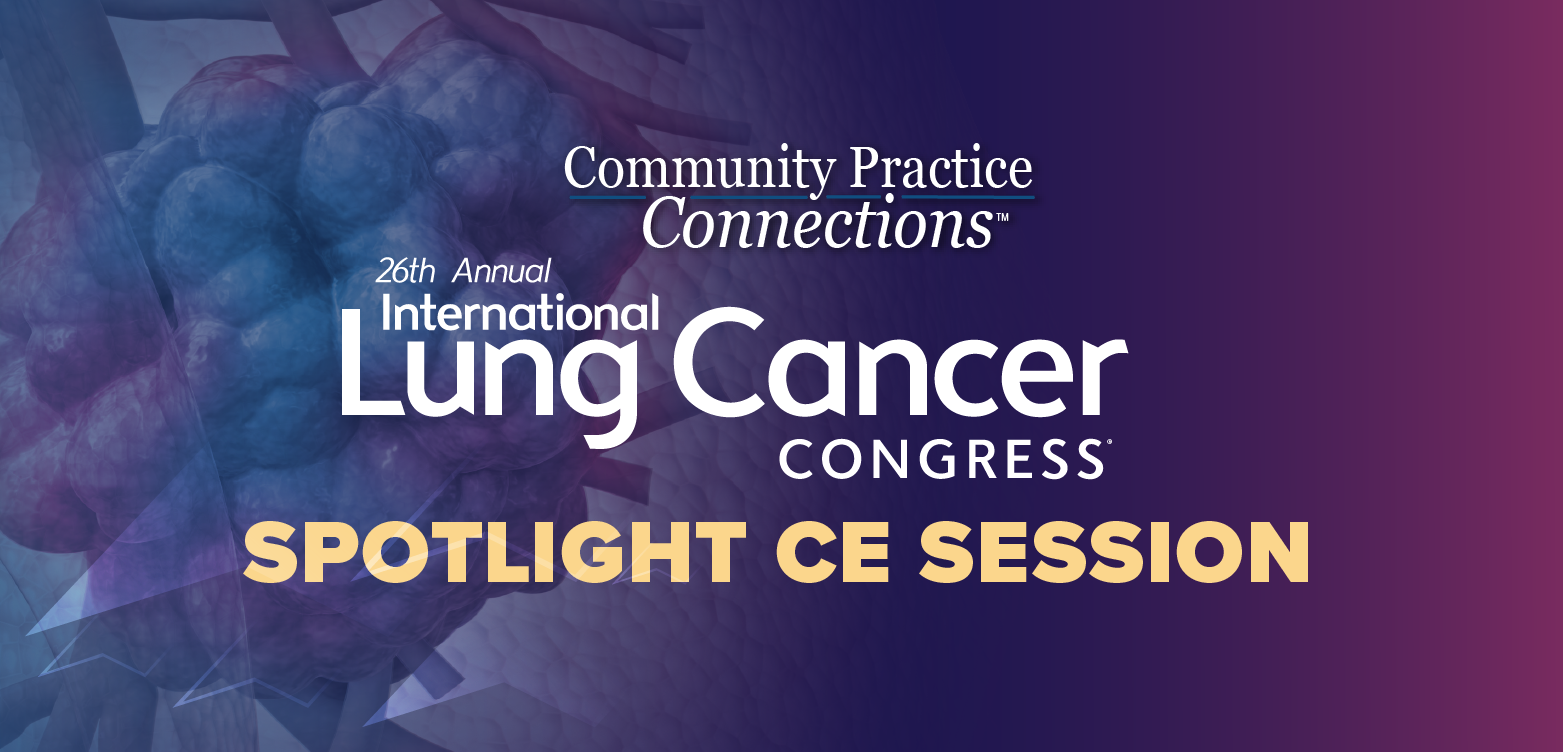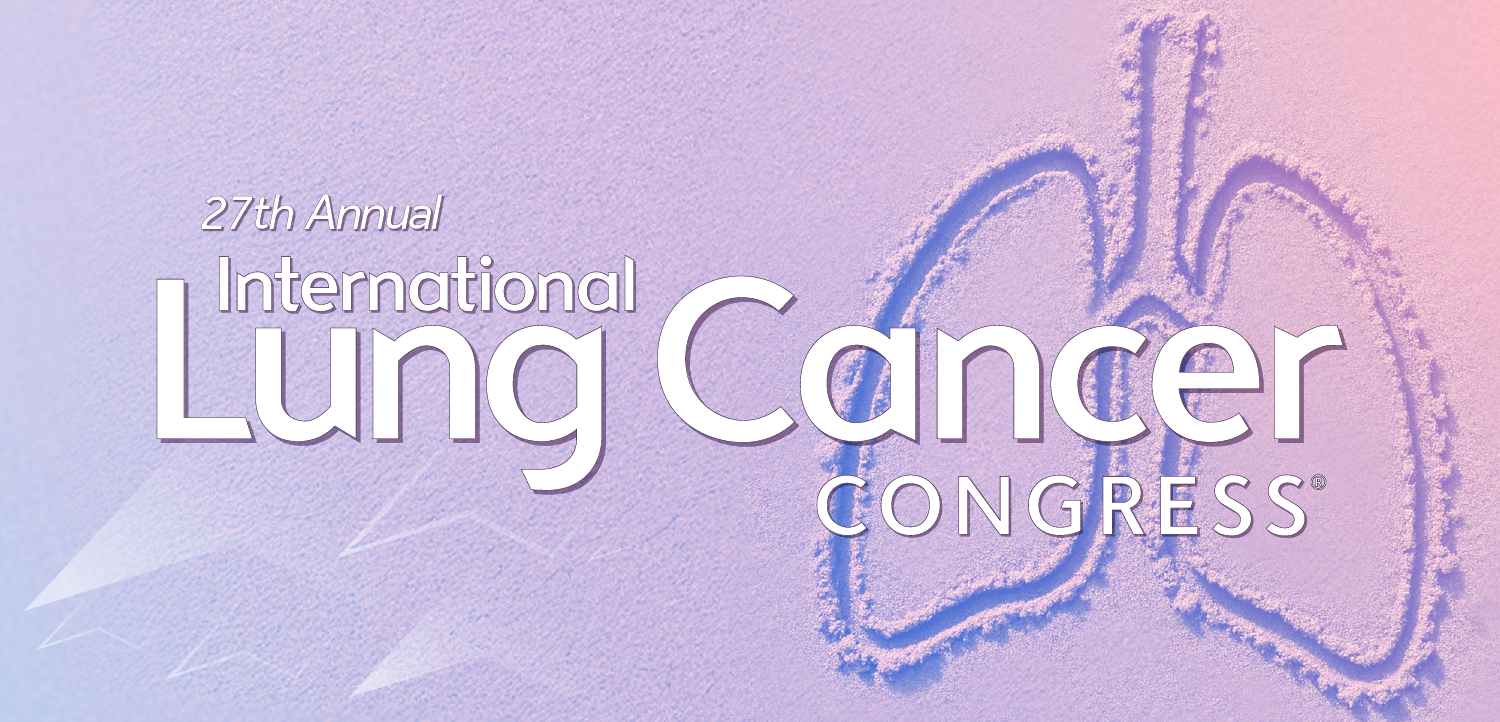
Drug-eluting stent comparisons give slight edge to sirolimus-eluting sent
In-lesion restenosis is similar between the sirolimus-eluting stent (Cypher) and the paclitaxel-eluting stent (Taxus) when used for the treatment of routine coronary artery stenoses, but the sirolimus-eluting stent may offer an advantage in patients with diabetes, according to a study reported at the ACC Annual Scientific Session 2005.
In the international head-to-head trial, called REALITY, 1,386 patients were randomized to receive either the sirolimus- or paclitaxel-eluting stent. To be eligible, patients had to have 1 or 2 de novo lesions in a native coronary artery. Twenty-eight percent of the study population had diabetes.
The primary end point, the in-lesion binary restenosis rate as determined by quantitative coronary angiography at 8 months post-procedure, was achieved in 9.6% of patients who received the sirolimus stent and 11.1% who received the paclitaxel stent, a nonsignificant difference (P=.31).
The other angiographic parameters, however, did favor more robust inhibition of neointimal hyperplasia with the sirolimus stent, including less late loss (0.09 vs 0.31 mm, P<.001), a lower percent diameter stenosis (23.1% vs 26.7%, P<.001), and a greater mean lumen diameter (2.00 vs 1.85 mm, P<.001).
In addition, a greater number of acute and subacute stent thromboses occurred with the paclitaxel-eluting stent than with the sirolimus-eluting stent (1.8% vs 0.4%, P=.0196), which is the first indication of a "significant safety difference between drug-eluting stents," Dr Morice said.
A single-center study demonstrated that the sirolimus-eluting stent was more effective than the paclitaxel-eluting stent in preventing restenosis in the high-risk subset of patients with diabetes, said Adnan Kastrati, MD, from the Deutches Herzzentrum, Munich, Germany.
The study included 250 patients with diabetes who had angina or a positive stress test in the presence of 50% stenosis in native coronary vessels. Those patients were randomized to receive 1 of the stents and followed to 6 months with an angiographic assessment of late lumen loss, and to 9 months to compare the rate of clinical events.
In-segment late lumen loss was significantly less in the patients randomized to the sirolimus- vs the paclitaxel-eluting stent (0.43 vs 0.67 mm, P<.0001), as was in-stent late lumen loss (0.19 vs 0.46 mm, P<.0001). Angiographic restenosis occurred in 6.9% vs 16.5% (P=.03) of patients randomized to the sirolimus and paclitaxel stents, respectively.
At 9 months, the rates of mortality and myocardial infarction were not significantly different between the 2 groups.
Newsletter
Get the latest industry news, event updates, and more from Managed healthcare Executive.






















































